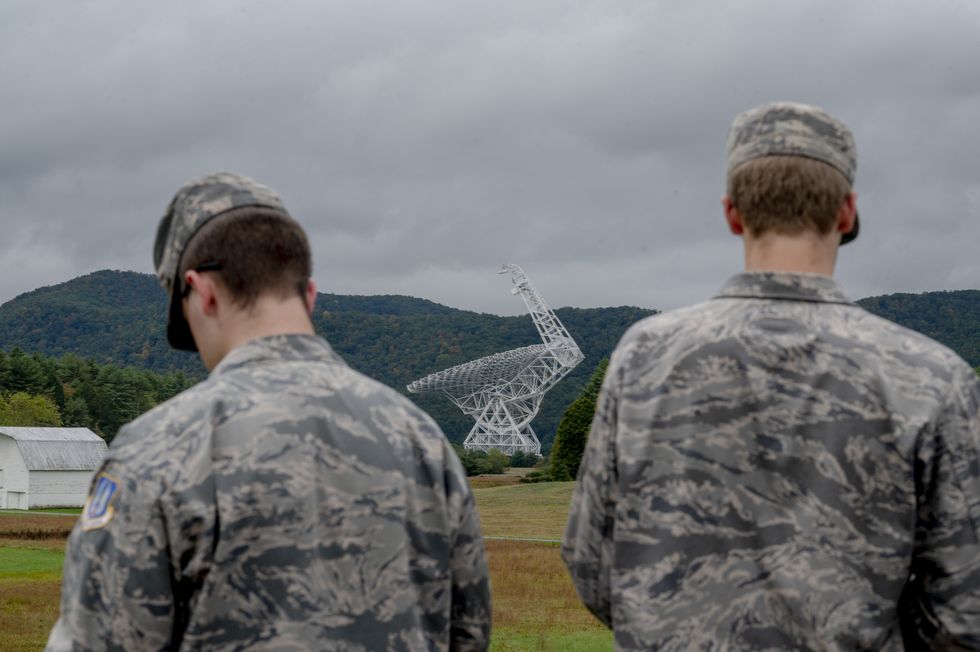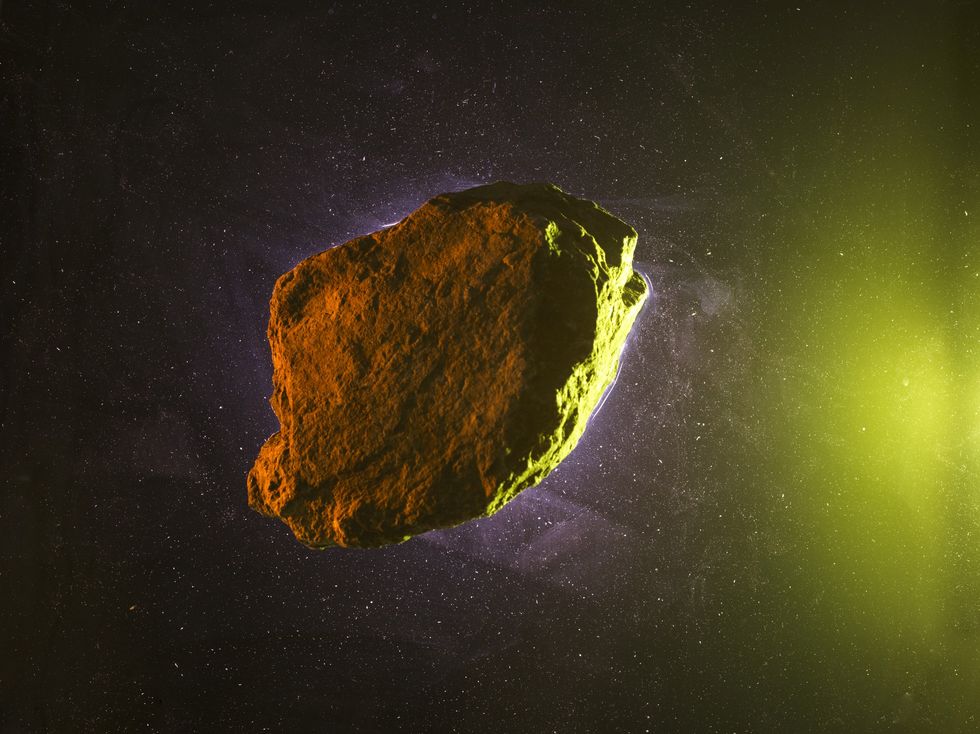Space mystery as never before seen 'pulsing' signal detected from inside our galaxy

In 2019, a similar pair of pulses was observed around a sun-like star
Don't Miss
Most Read
Latest
Scientists have detected a mysterious pulsing signal from a star within our galaxy that has left experts baffled.
The unexplained pulses were first spotted on 14 May, 2023, by retired Nasa scientist Richard Stanton whilst observing a sun-like star called HD 89389.
Located approximately 100 light-years from Earth in the constellation Ursa Major, the star has been observed emitting the unusual signal on three separate occasions since its initial discovery.
The signal has several unique characteristics that have puzzled scientists.

Scientists have detected a mysterious pulsing signal from a star within our own galaxy that has left experts baffled
|Getty
It consists of two fast, identical pulses occurring 4.4 seconds apart, with a distinctive "brighter-fainter-brighter" pattern that makes the star "partially disappear in a tenth of a second".
Stanton noted: "In over 1,500 hours of searching, no single pulse resembling these has ever been detected."
The fine structure of light between the peaks of the first pulse repeats almost exactly in the second pulse, a behaviour that scientists cannot currently explain.
Dr Stanton, a veteran of NASA's Jet Propulsion Laboratory who worked on the Voyager missions, has been conducting his own search for extraterrestrial intelligence from Big Bear, California.
LATEST DEVELOPMENTS:

The SETI project started out of the the Greenbank Observatory in West Bank, Virginia, more than 60 years ago
|Getty
Unlike traditional SETI surveys that use radio antennas, Stanton looks for pulses of light that might indicate laser communications from advanced civilisations.
Stanton said: "None of these explanations are really satisfying at this point. Until we learn more, we can't even say whether or not extraterrestrials are involved!"
This isn't the first time such mysterious signals have been detected.
In 2019, a similar pair of pulses was observed around sun-like star HD 217014, about 50.6 light-years from Earth.

Scientists are considering several natural explanations, including atmospheric refraction, starlight diffraction by a distant cosmic object, partial eclipses caused by satellites or asteroids, or even gravitational waves
|Getty
Scientists are considering several natural explanations, including atmospheric refraction, starlight diffraction by a distant cosmic object, partial eclipses caused by satellites or asteroids, or even gravitational waves.
Stanton spent around 1,500 hours comparing the signals to everything from planes to lightning or meteors.
Despite this, he found no match for these unusual pulses.










